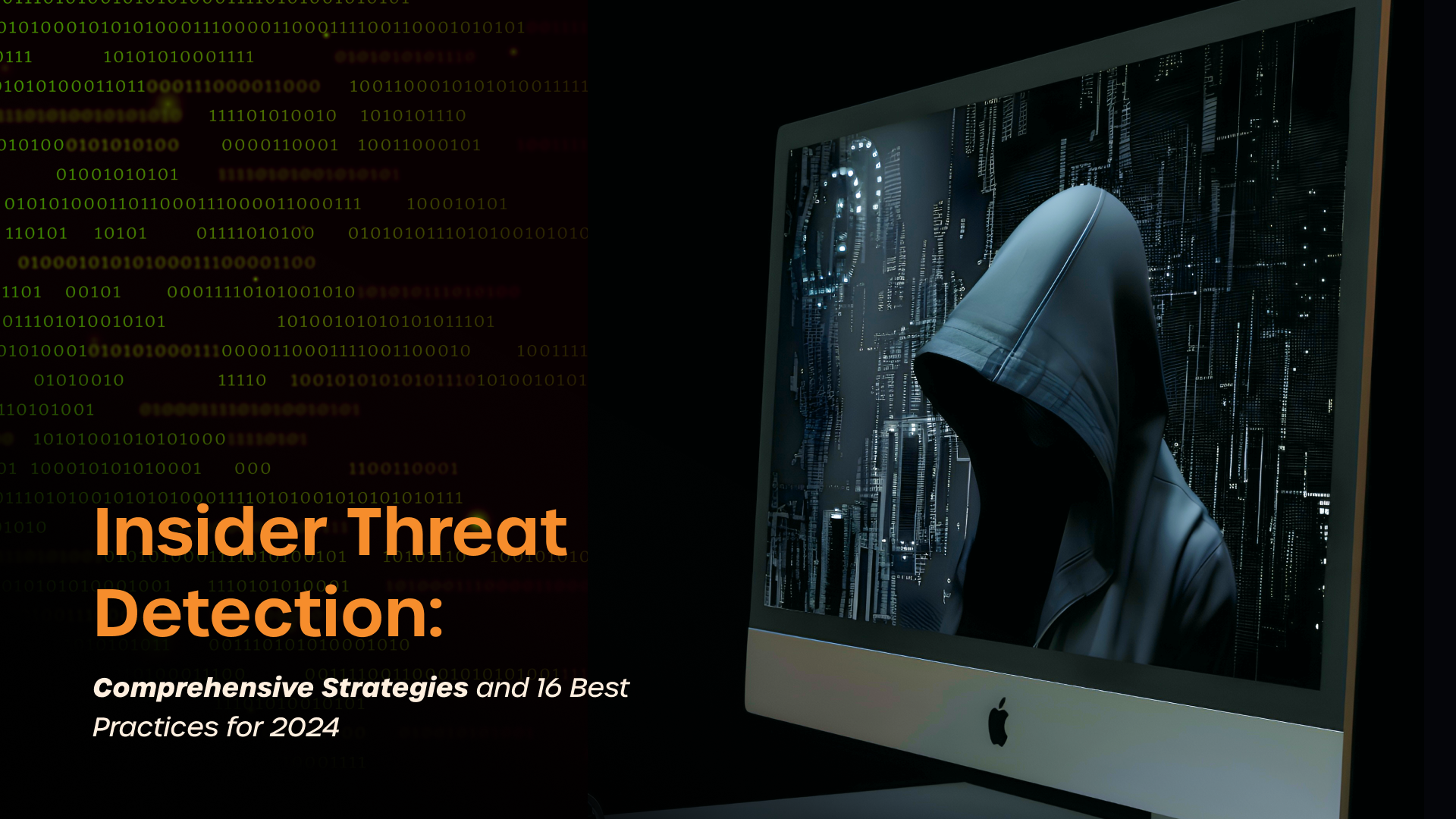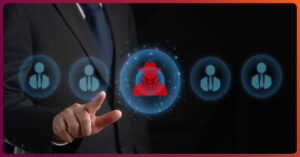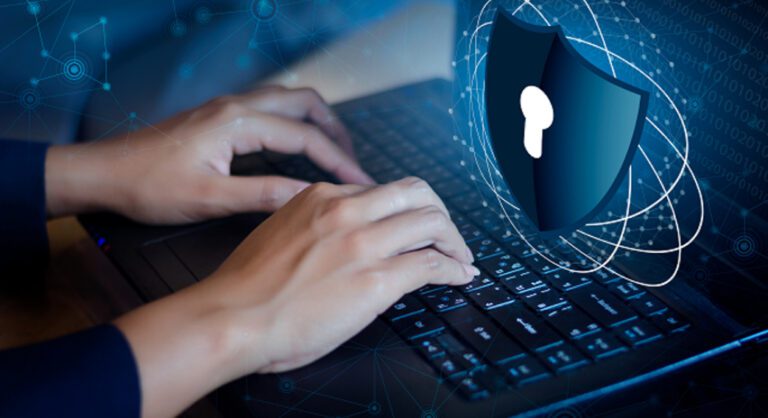
Insider Threat Detection: Comprehensive Strategies and 16 Best Practices for 2024
- Rajnish Kumar
- 6 min

Summary
Insider threats from employees or internal actors pose significant risks to organizations. This blog covers effective detection and prevention strategies and highlights how RemoteDesk uses AI, continuous verification, and compliance tools to secure sensitive data.
In today’s digital age, insider threats pose a significant risk to organizations of all sizes. These threats originate from individuals within the organization who have authorized access to sensitive information and systems. Effective insider threat detection and prevention are crucial for safeguarding your company’s assets, maintaining regulatory compliance, and protecting your reputation.
Let’s Explore What Insider Threats Are?
Insider threats come in various forms, including malicious insiders, negligent insiders, and unsuspecting insiders. Malicious insiders intentionally harm the organization, while negligent insiders inadvertently cause damage due to careless actions. Unsuspecting insiders, often targeted by external cybercriminals, unwittingly contribute to security breaches.
The Growing Concern of Insider Threats
According to a recent study, 34% of data breaches involved internal actors, and insider threats cost organizations an average of $11.45 million annually. With such high stakes, it’s imperative to implement robust insider threat detection and prevention mechanisms.
Effective Insider Threat Detection Strategies
- Implement User Behavior Analytics (UBA)
User Behavior Analytics (UBA) leverages machine learning and data analytics to monitor user activities and detect anomalies. By establishing a baseline of normal behavior, UBA can identify suspicious activities that deviate from the norm, such as unusual login times or large data transfers.
- Multi-Factor Authentication (MFA)
Implementing Multi-Factor Authentication (MFA) adds an extra layer of security, making it difficult for malicious actors to gain unauthorized access. MFA requires users to provide multiple forms of verification, such as passwords, biometrics, or security tokens.
- Regular Auditing and Monitoring
Conduct regular audits and continuously monitor user activities to identify and address potential insider threats. Automated tools can streamline this process by providing real-time alerts and detailed reports on suspicious activities.
- Establish a Comprehensive Security Policy
A well-defined security policy is the foundation of effective insider threat detection. It should include guidelines for monitoring user activities, handling suspicious behavior, and enforcing consequences for violations.
- Employee Training and Awareness
Educate employees about the importance of cybersecurity and the potential risks associated with insider threats. Regular training sessions can help employees recognize suspicious activities and understand the proper protocols for reporting them.
Best Practices for Insider Threat Prevention
- Set a Security Policy
Establish a comprehensive security policy that includes procedures for detecting and blocking misuse by insiders. The policy should also consider the consequences of potential insider threats and provide guidelines for investigating misuse.
- Implement a Threat Detection Governance Program
Establish an ongoing, proactive threat detection program in collaboration with your leadership team. Ensure you keep executives informed on the scope of malicious code reviews, with all privileged users treated as potential threats.
- Secure Your Infrastructure
Restrict physical and logical access to critical infrastructure and sensitive information using strict access controls. By applying least privileged access policies to limit employee access and applying stronger identity verification systems such as biometric authentication, you can reduce the risk of insider threats.
- Map Your Exposure
Your organization’s CISO should analyze your internal teams and map each employee’s likelihood to become a threat. You cannot rely on your developers to apply fixes and prevent insider threats if the adversary could be those individuals.
- Use Threat Modeling
Apply threat modeling at a large scale to better understand your threat landscape, including threat vectors related to malicious code or vulnerabilities. Identify who might compromise your system and how they might access your assets. Understanding potential attack vectors allows you to put in place the proper security controls.
- Set Up Strong Authentication Measures
Use multi-factor authentication (MFA) and safe password practices to make it harder for attackers to steal credentials. Passwords should be complex and unique. MFA helps prevent infiltrators from accessing your system even if they have user IDs and passwords.
- Prevent Data Exfiltration
Place access controls and monitor access to data to prevent lateral movements and protect your organization’s intellectual property.
- Eliminate Idle Accounts
Purge your directory of orphan and dormant accounts immediately, and continuously monitor for unused accounts and privileges. Ensure that non-active users, such as former employees, can no longer access the system or your sensitive data.
- Investigate Anomalous Behavior
Investigate any unusual activity that occurs in your organization’s LAN to identify misbehaving employees. Behavior monitoring and analysis can help you identify and stop insider threats. However, you need to make sure you understand the monitoring laws that apply to you.
- Conduct Sentiment Analysis
Regularly perform sentiment analysis to gauge employee morale and detect any underlying issues that might lead to insider threats. This can help identify employees who might be disgruntled or under stress, allowing for preemptive actions.
- Monitor Third-Party Access
Carefully control and monitor access by third parties to protect your system against compromised third-party vendors and contractors. Limit the level of access given and regularly review their activities.
- Conduct Security Awareness Programs
Regularly update your staff on the latest security threats and best practices. Awareness programs can help in reducing the number of negligent insider threats.
- Use Data Loss Prevention (DLP) Tools
Deploy DLP tools to monitor and control the movement of sensitive data within and outside the organization. These tools can help prevent data breaches caused by insiders.
- Encourage a “See Something, Say Something” Culture
Promote a culture where employees feel comfortable reporting suspicious behavior. Anonymous reporting tools can facilitate this and help in early detection of potential threats.
- Implement Role-Based Access Control (RBAC)
Ensure that employees have access only to the information necessary for their job functions. Regularly review and adjust access permissions as roles and responsibilities change.
- Enforce Strong Password Policies
Mandate the use of strong, unique passwords that are regularly updated. Implementing policies for complex passwords and regular changes can significantly reduce the risk of compromised credentials.
How RemoteDesk Enhances Insider Threat Detection
RemoteDesk is an enterprise security solution powered by AI, offering continuous face verification as an additional 2FA/MFA layer, with compliance enforcement including Clean Desk, HIPAA PHI, and PCI DSS across all work settings. Here are some key features of RemoteDesk:
Advanced Insider Threat Detection:
Behavioral Analysis:
RemoteDesk utilizes AI-driven behavioral analysis to monitor and identify unusual patterns of employee behavior that may indicate insider threats. This proactive approach helps detect potential risks early.
Continuous Identity Verification:
The solution continuously verifies employee identities through facial recognition and ID scans, ensuring that only authorized personnel access sensitive information. This prevents unauthorized individuals, including imposters, from infiltrating the system.
Compliance and Regulatory Adherence:
Meeting Regulatory Standards:
RemoteDesk complies with GDPR, HIPAA, PCI DSS, and other regulatory frameworks, ensuring that insider threat detection processes align with legal requirements and industry standards.
Audit Trails:
Comprehensive audit trails track user activities and security incidents, providing detailed records for regulatory audits and internal investigations related to insider threats.
Proactive Threat Management:
Real-Time Monitoring:
RemoteDesk offers real-time monitoring capabilities to promptly detect suspicious activities that could indicate insider threats. Alerts and notifications allow for immediate action to mitigate potential risks.
Predictive Analytics:
By leveraging predictive analytics, RemoteDesk can forecast potential insider threats based on historical data and behavioral patterns, enabling proactive security measures to prevent incidents before they escalate.
Employee Accountability and Security Awareness:
Promoting Security Awareness:
Through continuous monitoring and feedback, RemoteDesk encourages employees to adhere to security protocols and practices, fostering a culture of security awareness within the organization.
Encouraging Accountability:
Detailed insights into employee activities and behavior promote accountability, ensuring that individuals are held responsible for their actions and adherence to security policies.
Enhanced Reporting and Analysis:
Comprehensive Reporting:
RemoteDesk generates comprehensive reports on insider threat incidents, providing detailed analysis and actionable insights for security teams and management to strengthen defenses and mitigate risks.
Incident Analysis:
Advanced analytics capabilities enable deep-dive investigations into insider threat incidents, facilitating thorough analysis to understand the root causes and implement preventive measures.
The ROI of Insider Threat Detection and Prevention
Investing in insider threat detection and prevention not only protects your organization from potential breaches but also offers a significant return on investment. According to industry data, companies that implement robust insider threat programs see a 45% reduction in security incidents and save an average of $2.5 million annually.
Final Take on Insider Threat Detection
Insider threat detection and prevention are critical components of a comprehensive cybersecurity strategy. By implementing effective detection measures and leveraging advanced solutions like RemoteDesk, organizations can protect their sensitive information, maintain regulatory compliance, and safeguard their reputation.
RemoteDesk’s cutting-edge features ensure that your organization is well-equipped to detect and mitigate insider threats, providing peace of mind in an increasingly complex cybersecurity landscape.
For more information and to see how RemoteDesk can enhance your insider threat detection and prevention capabilities, request a demo today.
What is insider threat detection?
How can organizations prevent insider threats?
How does RemoteDesk help with insider threat detection?
Why is insider threat prevention important for businesses?
What are the best practices for insider threat detection?
Related posts
Related Posts
Interviews, tips, guides, industry best practices, and news.

Insider Threat Prevention: How to Detect and Prevent Insider Attacks in Cybersecurity
From Time Tracking to Insightful Analytics: Modern Employee Monitoring for Remote Work
Get Started Today
Sign up in minutes. Secure your remote
workforce with confidence.
See how RemoteDesk makes compliance and data protection effortless.





